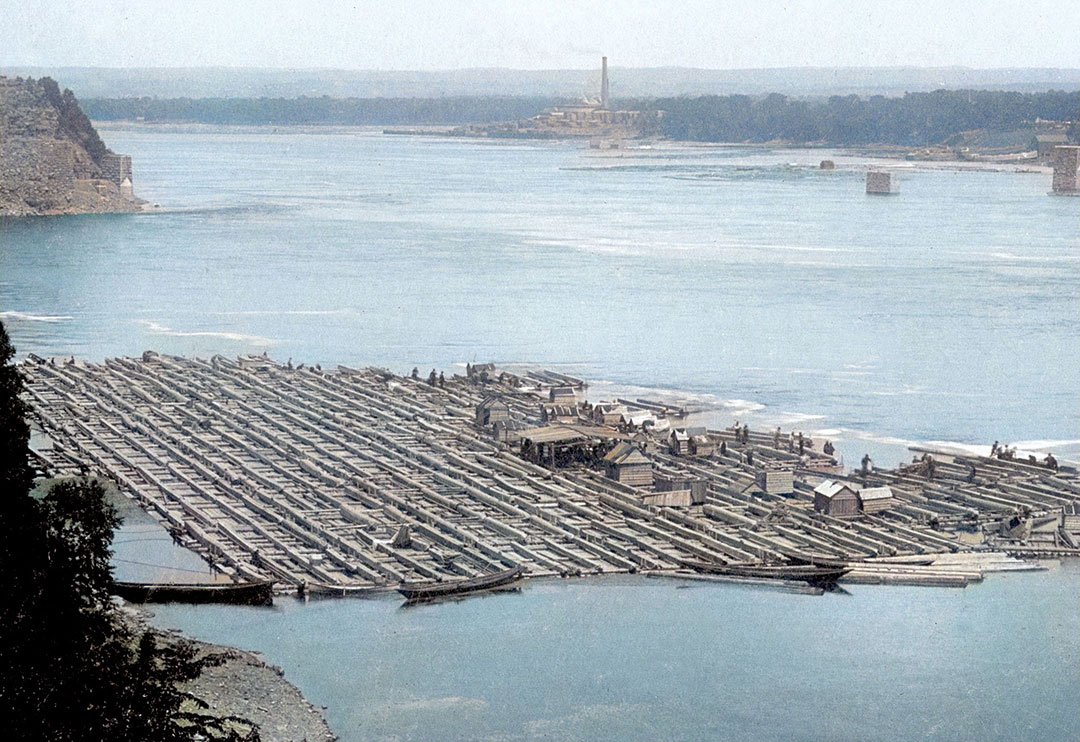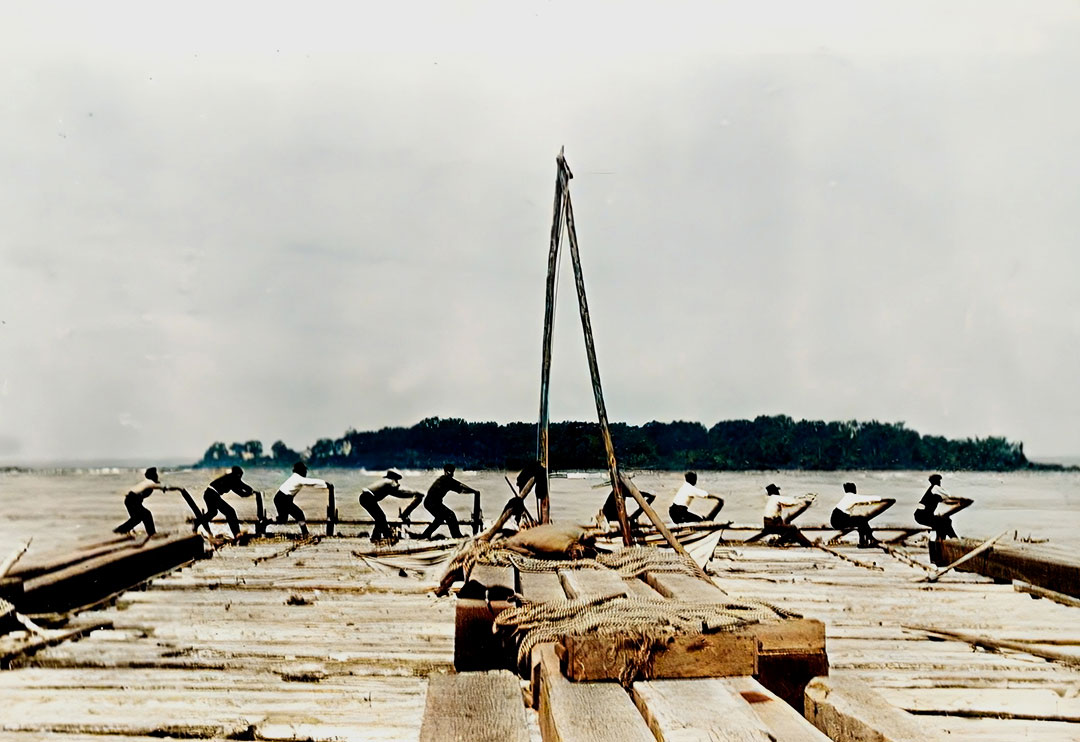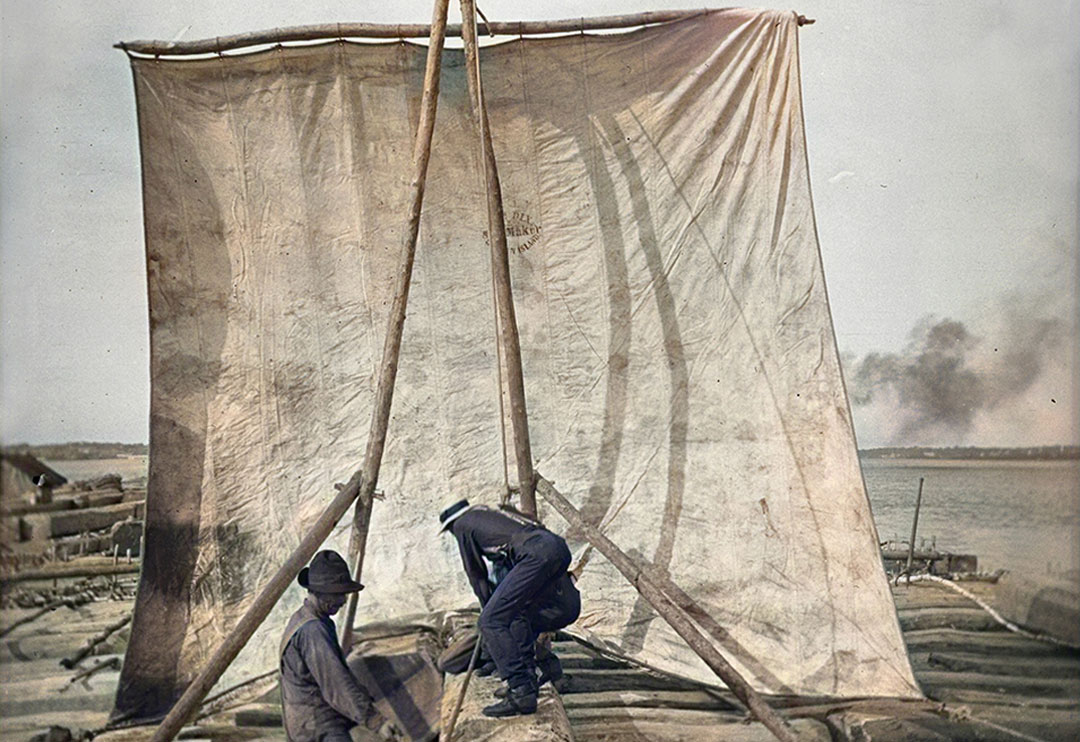Created “by the people and for the people »
The Philemon Wright National Fluvial Museum project, receives my support because it:
Allows us to learn about the choice of Canada’s capital and how that relates to the trade and commerce of square timber, Canada’s main source of income in the 19th century.
Allows us to commemorate the forest industry, this source of collective pride, a national legacy linked to the first major industry in Canada.
Allows us to create a museum space that will exhibit the various dimensions of our river and forest heritage, as they relate to the First Nations and ancestral trades.
Allows us to develop and promote a major tourist destination that will build a cultural remembrance imbued with an energy that values the historical role of our waterways.
The creation of the Museum is the result of
The Museum is sponsored by over 500 signatories. I understand that the list of names is not visible.
Available for consultation:
- Museological Product with Epic Content
- Museum Charter committed to Heritage and Biodiversity
- Location Perimeter (E.B. Eddy Historic District)
- Tourism and Economic Impact Study of the museum
- Treaty on the Historical Footprint of the Raftsmen in Quebec
I contribute to the enhancement of the living heritage related to raft making and navigation.
Thank you very much for your help!
Step 2: I contribute to the Museum
Thank you to our donors!
Each donor determines the conditions of visibility in the public domain.
FOR MORE INFORMATION
Dear donor friends,
For more than ten years, the captivating story of the Raftsmen (Cageux) has been resurfacing with force from the past. Why are these atypical sailors, who left an indelible mark on the St. Lawrence River, arousing such growing interest? Did you know that Quebec’s two legendary tales, the Flying Canoe (Chasse-Galerie) and the famous Jos Montferrand, have their roots in the era of the Raftsmen (Cageux)?
Isabelle Regout and Alexandre Pampalon, cofounders of the Raftman House of the Saint-Lawrence River (Maison des Cageux du fleuve Saint-Laurent), are delighted to address you. Thanks to our historical research work, we’ve been able to share numerous videos, books and educational articles, highlighting the tradition of timber rafting as an intangible heritage. Embark on this extraordinary adventure with us today!
Your support is essential! Every donation you make will be a cornerstone in the development of the collection of the only museum dedicated to dinghies, a project that belongs to all of Quebec and Canada. This maritime heritage is unique and priceless.
Your support is important!
We are calling on your generosity to reach our goal of $1,550 by March 1, 2026. These funds will be used to acquire period engravings depicting the Raftsmen (Cageux), the intrepid travelers who sailed aboard timber rafts, also known as “cages” or “trains de bois” in French. Every contribution, no matter how small, has a significant impact!
The Raftman House (Maison des Cageux) focuses on three key areas: collections, research and dissemination. Today, we’d like to highlight our first mission, which is to enrich our specialized and unique Raftsmen (Cageux) collection. At present, our national collection of works, archives and artifacts already testifies to the richness of our great rivers and forest heritage. We are working to create a physical and digital collection of diverse cultural elements (archival documents, artistic works, artifacts, sound and audiovisual recordings, etc.) from Canada and abroad. This museum approach is based on the sharing of knowledge, as demonstrated by our publications, in particular our Edurama collection, which highlights the exploits of the Raftsmen (Cageux) and their importance in our collective history.
As a token of our gratitude, all donors will be highlighted in a special museum publication, in recognition of their invaluable contribution. To continue this mission and preserve this unique heritage, your support is essential!
Towards a bright future: relocating the Raftman House
Our landmark 380-page book [https://urlz.fr/jFvB], which led to the adoption of a historic resolution by the Quebec National Assembly, sets out a 10-20 year horizon for the relocation of the Raftsmen House (Musée des Cageux) to a high-capacity, public space in a gravelly area.
Our landmark 380-page book [https://urlz.fr/jFvB], which led to the adoption of a historic resolution by the Quebec National Assembly, sets a 10-20 year horizon for the relocation of the Raftman House (Musée des Cageux) to a high-capacity, public space in a major urban center. We’re delighted to share with you the good news that a first step has been taken to transform the museum into a must-see tourist attraction designed to appeal to a pan-Canadian and international clientele. We have drawn up a detailed 220-page vision [https://urlz.fr/k4Rz], as well as an in-depth 64-page tourism and economic impact study [https://urlz.fr/k4Ry]. In addition, we proposed a 120-page site plan [https://urlz.fr/jFvA] and a 54-page museum charter committed to heritage and biodiversity [https://urlz.fr/jFvz].
As you can imagine, in the years to come, your contribution will once again be sought for the relocation of the Raftman House (Musée des Cageux). This great mission will ensure that this heritage shines on for future generations, enabling the history of the Raftsmen (Cageux ) to be passed on.
In a word « Thank You »
Your support isn’t just a donation; it’s an act of solidarity that shines a light on the epic story of the Raftsmen (Cageux) and their invaluable contribution to our maritime heritage. Together, let’s ensure that the story of the Raftsmen (Cageux) is celebrated.
Thermomètre
Formulaire



